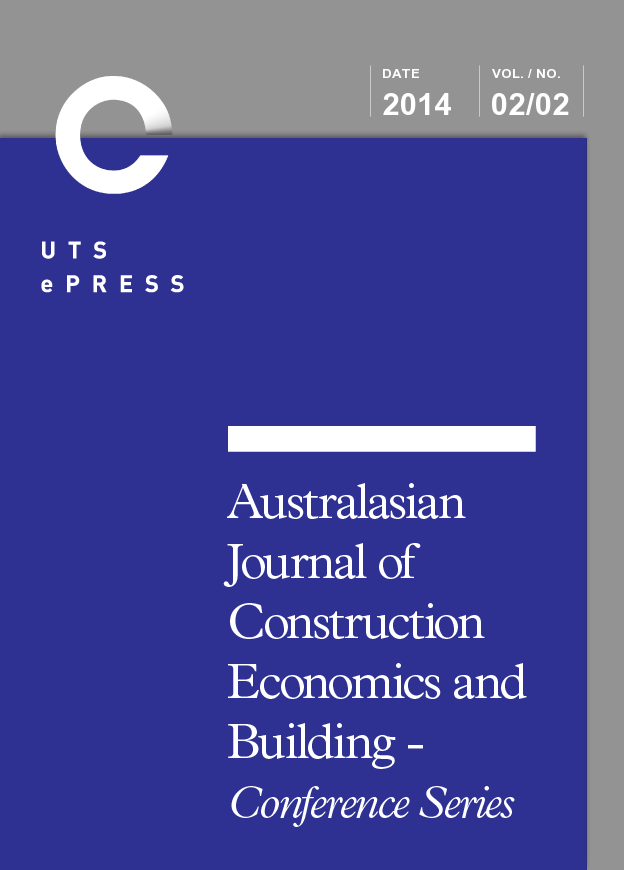Model of Absorptive Capacity and Implementation of New Technology for Rural Construction SMEs
Main Article Content
Abstract
Absorptive capacity has been acknowledged as a critical component for organisations to sustain, grow and compete in their markets. Many researchers have used the concept of absorptive capacity in their analysis at different levels: individual, organisation, industry and country. However, most of the studies focus on very large organisations with sophisticated structures and strong R&D orientation. Very few studies address the theory of absorptive capacity in the context of SME organisations. This paper presents part of the findings of research that investigated absorptive capacity in the context of Malaysian rural construction SMEs. The aim of this paper is to prescribe a model of absorptive capacity for rural construction SMEs. The model is based on validation drawn from five case studies of construction SMEs operating in the rural area in Malaysia. The developed model serves two functions: Firstly, to help rural construction SMEs to understand the issues and process related to absorptive capacity and the implementation, and use of, new technology; secondly, to provide a mechanism for policy makers to transfer new technology to rural contractors. This research contributes to the body of knowledge of absorptive capacity by highlighting issues related to absorptive capacity and implementation of new technology in the context of rural SMEs.
Keywords: Absorptive Capacity, Malaysia, Rural Construction, Small and medium sized enterprise (SME).
Article Details
Section
Authors who publish with this journal agree to the following terms:
a) Authors retain copyright and grant the journal right of first publication with the work simultaneously licensed under a Creative Commons Attribution License that allows others to share and adapt the work with an acknowledgement of the work's authorship and initial publication in this journal.
b) Authors are able to enter into separate, additional contractual arrangements for the non-exclusive distribution of the journal's published version of the work (e.g., post it to an institutional repository or publish it in a book), with an acknowledgement of its initial publication in this journal.
c) Authors are permitted and encouraged to post their work online (e.g., in institutional repositories or on their website) prior to and during the submission process, as it can lead to productive exchanges, as well as earlier and greater citation of published work (See The Effect of Open Access). Where authors include such a work in an institutional repository or on their website (ie. a copy of a work which has been published in a UTS ePRESS journal, or a pre-print or post-print version of that work), we request that they include a statement that acknowledges the UTS ePRESS publication including the name of the journal, the volume number and a web-link to the journal item.
d) Authors should be aware that the Creative Commons Attribution (CC-BY) License permits readers to share (copy and redistribute the work in any medium or format) and adapt (remix, transform, and build upon the work) for any purpose, even commercially, provided they also give appropriate credit to the work, provide a link to the license, and indicate if changes were made. They may do these things in any reasonable manner, but not in any way that suggests you or your publisher endorses their use.
